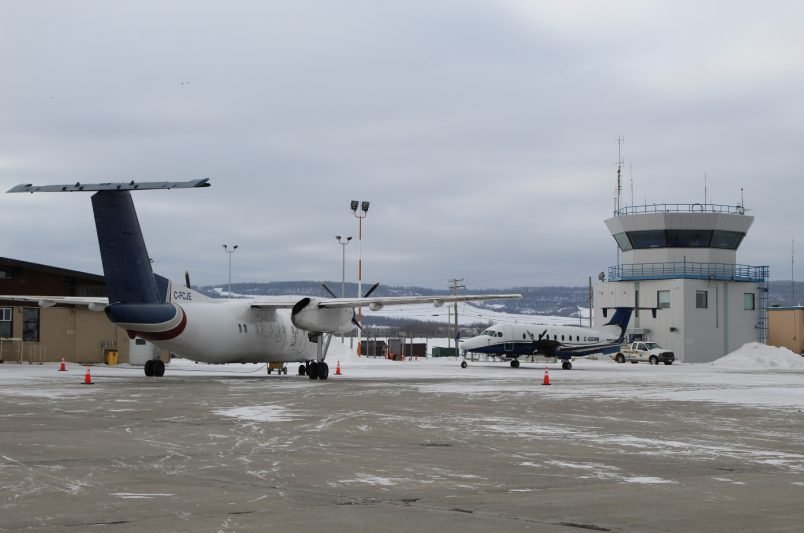[ad_1]
 The failure of government and the airline industry to embrace a holistic approach to aviation support during the COVID-19 pandemic is leaving the regional and community airports of this country on the brink of financial collapse and airlines facing massive rates and fees increases in 2021.
The failure of government and the airline industry to embrace a holistic approach to aviation support during the COVID-19 pandemic is leaving the regional and community airports of this country on the brink of financial collapse and airlines facing massive rates and fees increases in 2021.
Despite a dramatic decline in airline passenger traffic since the COVID-19 pandemic began in March, Canada’s smaller airports have carried the financial burden of maintaining their runways, air terminals, and emergency services without access to any previous or current financial aid.
When governments and the public hear of dire situations in the aviation sector the focus tends to be on the major airlines and the major airports that connect Canadians in large urban areas to transborder and international destinations, and that is frustrating to the Regional Community Airports of Canada (RCAC).
“For all Canadians outside of our large urban centers it is regional and local airports that connect the vast regions of our country for essential services, and business and leisure travel”, says Brian Grant, Chair of the RCAC.
“These smaller airports play a critical role in providing remote access and a quality of life that all Canadians expect. Movement of critical food supplies, emergency health care, essential cargo, emergency evacuation, forest fire fighting services are just a few examples of what regional and community airports deliver in addition to passenger air travel”.
According to the RCAC all airports have been hit with severe reductions in revenues and reduced or canceled air service leaving them unable to meet the costs of operating the airports unless governments step in with direct financial support soon.
“2020 has been a year of deep staffing cuts and reducing services, under the pressure of exceptional revenue loses, to meet fixed operational and safety costs dictated by government regulation along with new pandemic related costs to ensure the safety and confidence of travelers”, continues Mr. Grant. “In 2021 these airports are estimating upwards of 45-60% increases in rates and fees charged to airlines and passengers to continue operations as they exist today. In most cases reserve funds have been depleted and the only possible reductions left are closures of airport infrastructure”.
Recommendations highlighted by the national organization for effective support include:
- Ensure regional and community airports’ eligibility to all federal COVID assistance programs (i.e. emergency wage subsidy, debit relief and loans programs, and rent subsidy etc.) regardless of governance or ownership model.
- Stabilize the Canadian Emergency Wage Subsidy for airports to not less than 75% for 2021 to protect the employment capabilities of these airports for employees.
- Provide financial assistance to cover fixed operating costs at 2019 levels to eliminate deficits and avoid rates and fees increases in order to bolster airline and travel activity.
- Increase Airport Capital Assistance Program funding to $95 mil annually (an industry request prior to the COVID-19 pandemic dating back more than two years).
- Adjust the federal contribution limit to the ACAP to not less than 75% of eligible project costs and relax the eligibility requirement of commercial schedule passenger service for current eligible airports for 2021 through 2025, to ensure the protection and maintenance of essential infrastructure and equipment during the post-pandemic recovery period.
[ad_2]
Source link

